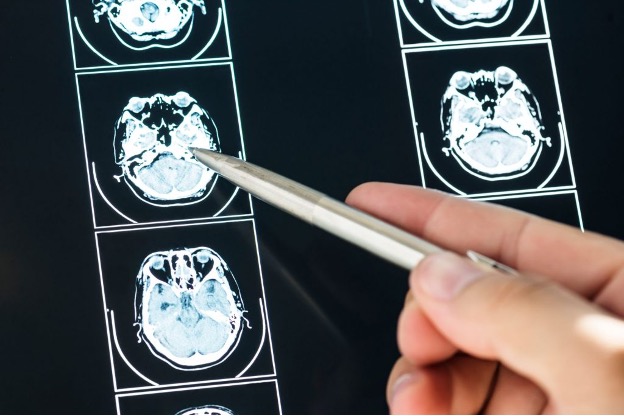 MedicalResearch.com Interview with:
James L . Spira, PhD, MPH, ABPP
MedicalResearch.com Interview with:
James L . Spira, PhD, MPH, ABPP
Professor, Department of Psychiatry, John A Burns School of Medicine, University of Hawaii
Director, National Center for PTSD, Department of Veterans Affairs, Pacific Islands Division
Medical Research: What is the background for this study?
Dr. Spira: Approximately 1.5 million Americans survive a traumatic brain injury (TBI) from traffic accidents, assaults, sports, and work injuries, with the vast majority of these being primarily mild (mTBI), otherwise known as concussion.
1 Concussion, however, is uniquely problematic in the military given the new strategies of war encountered by service members when fighting an insurgency using improvised explosive devices. The rate of concussion experienced by United States (U.S.) service members engaging in combat during the wars in Afghanistan and Iraq has been estimated at between 15% and 22%.
2–4There has been controversy in the area of neurotrauma as to whether persistent postconcussive symptoms (PPCSx) are due to neurological causes or solely due to the psychological sequelae of having been exposed to a traumatic event. The recent wars in Iraq and Afghanistan have afforded an opportunity to examine these factors, although teasing them apart has proven difficult. The most influential study of persistent effects of concussion in service members is that of Hoge and colleagues,
5 in which they failed to find an independent effect of prior concussion on PPCSx, once depression and posttraumatic stress (PTSD) was taken into account. They went so far as to recommend that assessment for concussion following
deployment is unnecessary. Others, however, have reported persistent cognitive, emotional, and physical symptoms following concussion.
(more…)















